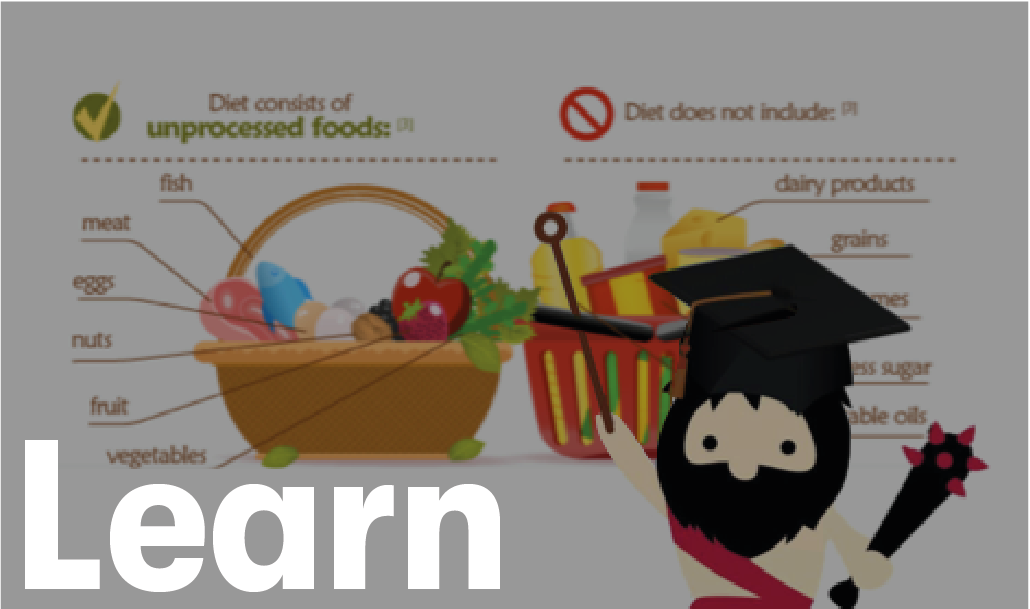%2C6jay5I6YTLc%3D.jpg)
You might have heard it more than once...
Doesn’t eating fat make you fat? This is one piece of misinformation that just won’t die; it simply gets resurrected in a slightly different form and billed as something new.
We were therefore urged to banish it from our diets whenever possible. We switched to low-fat foods. But the shift didn't make us healthier, probably because we cut back on healthy fats as well as harmful ones.
So why do we need Fat?
Fat is a dietary component vital to human growth and development.
It is an essential part of many physiological functions, including
- ‣ acting as a source of energy,
- ‣ assisting with the absorption of fat-soluble vitamins (vitamins A, D, E, K), and
- ‣ maintaining healthy skin and cell membrane structure.
Because your body can't make certain essential fatty acids, including linoleic and linolenic acid, it relies on your diet to provide them.
Fat is the most powerful food energy source, with 9 calories of energy in every gram of fat—more than twice as much energy as proteins or carbohydrates provide.
Because calories from carbohydrates are quickly burned—usually within the first 20 minutes of exercise—your body relies on its fat stores for energy.
Fat is necessary for many reasons
- ‣ Digestion - Fat is not soluble in blood, so bile acids produced from cholesterol in the liver emulsify it along the way to make it bioavailable.
- ‣ It stores the fat soluble vitamins A, D, E, and K in the liver and fatty tissues. Because fat needs to be broken down through multiple processes that include the stomach, duodenum, liver, gall bladder, pancreas, and small intestine, it stays around for a long time and keeps you satiated.
- ‣ Transport - Fat is part of every cell membrane in the body. It helps transport nutrients and metabolites across cell membranes.
- ‣ Conversion - Your body utilizes fat for everything from activating hormones to building immune function.
- ‣ Energy Extraction - Between meals or when glucose is not available, triglycerides are broken down and metabolized for energy, which in times of great need, the brain’s neurons can utilize.
- ‣ Nervous System - The axon is the part of a nerve (neuron) that transmits electrical signals from the brain throughout the body to initiate all functions. The axon’s protective coating is the myelin sheath and is made of 80% lipids (fats) that must be provided by the diet.
The Good, the Bad and the in Between
Monounsaturated
Monounsaturated fats are considered to be the healthiest kind. These fats come from natural foods like nuts, seeds, avocados and olives. This includes the cooking oils made from these foods like avocado oil, olive oil, macadamia and other healthy oils.
Polyunsaturated
These kinds of fats are usually described as hybrids consisting of both monounsaturated and saturated fats. Polyunsaturated fats can be found in fatty fish such as salmon and mackerel.
Trans fat
There is no disagreement about how unhealthy and dangerous consuming Trans fats is. They are the most artificial of all fats and can be found in many processed oils. Because oils with Trans fats are easier and faster to cook with, many fast food outlets use it to prepare food.
Although this fat is found naturally in some foods, most of it is manufactured by partially hydrogenating oils and then adding these oils to foods.
Most people wonder why food producers are even allowed to use trans fats given their effects on health. The reason why the fats are used is because they have a longer shelf life. In other words, processed foods with this fat last longer and its cooking oil can be used repeatedly without changing it.
Saturated
These are perhaps some of the most talked about kinds of fats in the nutrition world.
Saturated fat has been demonized mainly because most sources are also high in cholesterol, the waxy stuff that can build up in your arteries. All cholesterol is not the same, though - there's a distinction between 'good' high-density lipoprotein (HDL) and 'bad' low-density lipoprotein (LDL) cholesterol.
- ‣ Most sources of natural saturated fat such as butter, lard and tallow contain high amounts of the fat soluble vitamins A, D, E and K. Those vitamins need the presence of fat to be absorbed and are primordial for the absorption and proper utilization of other vitamins and minerals.
- ‣ The air spaces in the lungs are coated with lung surfactant composed entirely of saturated fat. When the consumption of saturated fat is too low, the composition of this lung surfactant is compromised and the lung’s air spaces can collapse. It’s possible that the proliferation of asthma in children and adults is due to a breakdown of this fatty layer.
- ‣ Some sources of medium-chain fatty acids such as coconut oil also have potent antimicrobial properties.
- ‣ Saturated fat helps the liver flush out any fat accumulation within it.
Saturated fats can be found in meat and dairy products such as cheese, butter and milk
The best way to consume saturated fats is by:
- ‣ Eating organically raised animal meat, or grass-fed meat
- ‣ Avoiding processed meats and those with excessive marbling
- ‣ Avoiding dairy products and refined oils
- ‣ Avoiding commercially baked and processed foods
At Paleo Robbie, we offer everything from grass fed meat raised on lush grounds to many kinds of healthy cooking oils, including avocado oil and extra virgin olive oil.


 Latest
Latest Newsletters
Newsletters Learn
Learn Recipes
Recipes Video
Video


